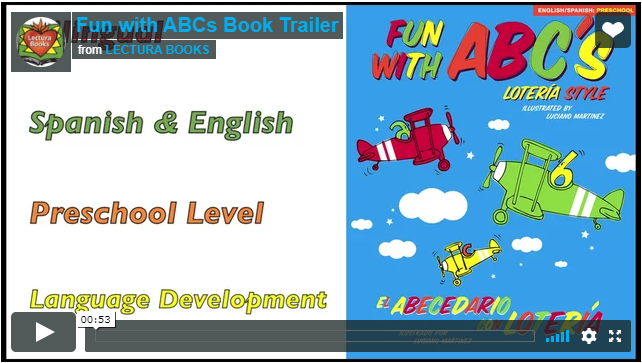With approximately five million plus bilingual students in the public school system, it provides great opportunity to research this unique population. Here is a quick summary of five scholarly articles about English learners (ELs) along with their research and suggestions:
#1: The 2009 journal article “The Latino Education Crisis—Rescuing the American Dream” points out that the gaps in achievement between Latinos, the largest and fastest growing minority, and most other students are enormous. To combat this issue, the researcher strongly recommends:
- Subsidized preschool programs
- Support for dual-language programs
- Better preparation for teachers
- Dropout prevention and college access programs
#2: With little research on common practices with the more than five million ELs in our nation’s schools, many of whom come from families in poverty and attend lower-resourced schools, the 2013 research article “Unlocking the Research on English Learners” says that:
- ELs absolutely require additional instructional supports.
- The home language can be used to promote academic development.
#3: The 2014 journal article “Teaching Content to English Learners in the Era of the Common Core Standards” discusses how mainstream teachers (i.e., content teachers) have had few, if any, opportunities for professional development that would allow them to teach ELs. Therefore, the system needs to better support teachers in this task.
#4: The 2017 research article “Differentiating Language Difference and Language Disorder: Information for Teachers Working with English Language Learners in the Schools” says that teachers and other school personnel face challenges related to adequately identifying and meeting the language needs of children who are English learners. As such, it says professional development for classroom teachers is needed and should encompass language acquisition and multiple aspects of bilingualism.
#5: The 2016 research article “Students’ Perceptions of Bilingualism in Spanish and Mandarin Dual Language Programs” provides information about how students who speak either Spanish or Mandarin rate their language proficiency skills and bilingualism and their perceptions of bilingualism on cognition and social relationships. The concluding part of the article says that the level of bilingualism has an does impact on students’ affective, cognitive, and social perspectives.
Nearly all of the research in these articles and others out there strongly indicates that teachers and staff need more professional development in aiding English language learners. One organization that’s been on the front lines in offering teacher and personnel training while also helping Latino learners through its age-specific literacy and college awareness programs, is The Latino Family Literacy Project.
After teachers and staff complete a half-day training or online webinar, they then hold a series of workshops on the school site to assist parents in establishing a regular reading routine using bilingual books. Research shows that family reading time helps to improve literacy and strengthen vocabulary in both languages, not just for the kids but parents too! For more information, please contact The Latino Family Literacy Project.

